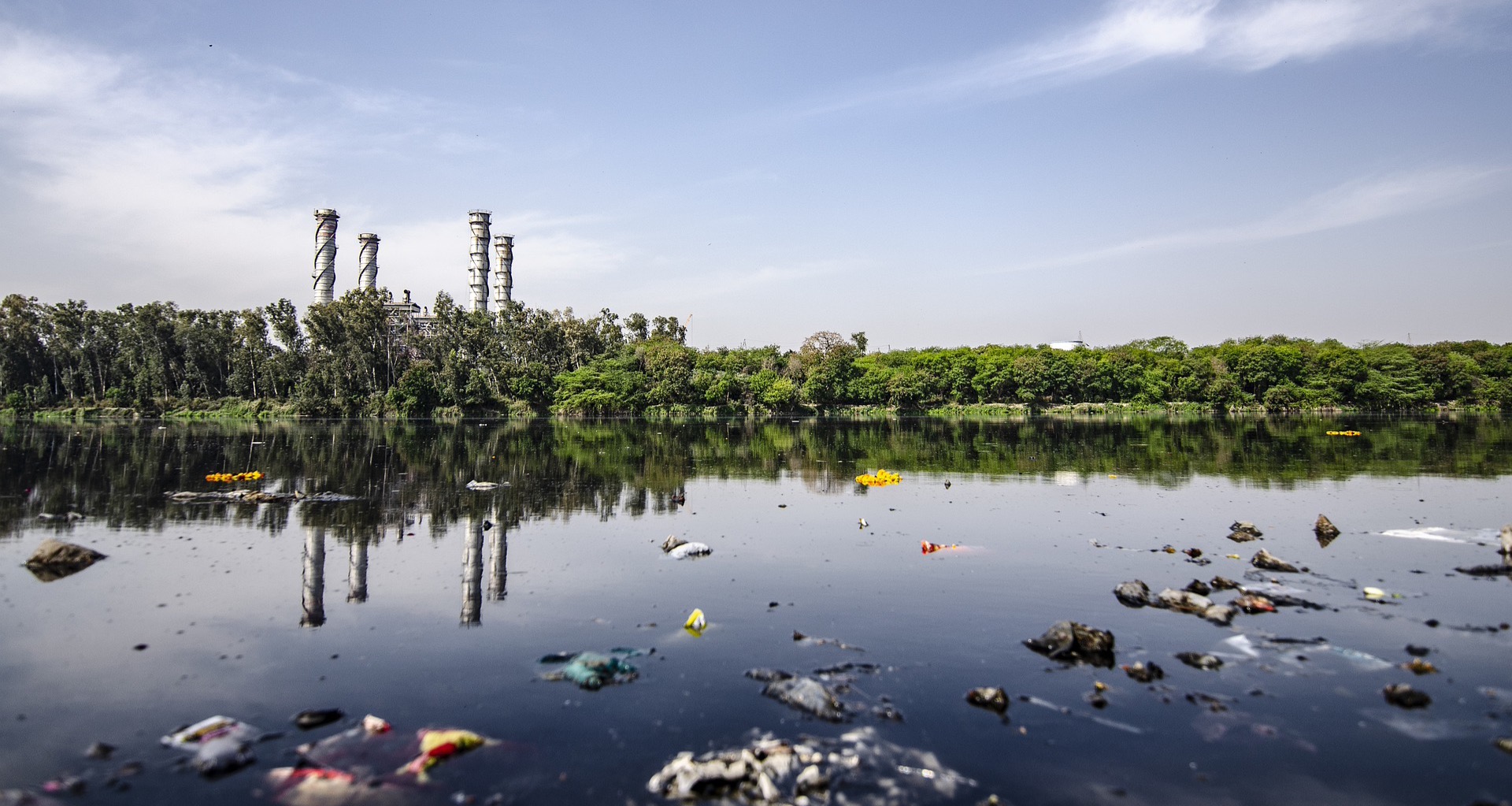How to Know if the Water in Your Home is Safe and What to Do If It Isn’t
Water Contamination
What Causes Contamination
-
Naturally occurring chemicals and minerals (for example, arsenic, radon, uranium)
-
Local land-use practices (fertilizers, pesticides, livestock, concentrated animal feeding operations)
-
Manufacturing processes
-
Sewer overflows
-
Malfunctioning wastewater treatment systems (for example, nearby septic systems)
What is an Algae Bloom and Who Does It Affect
Other Causes of Contamination
Signs Your Water is Contaminated
-
Cloudy water
-
Difficulty getting clothes cleaned forcing you to use more detergent
-
Weird feel on the skin after washing
-
Dirty, colored water (such as yellow, brown, or orange)
-
Green or blue tinted water
-
Strong smell (bleach may mean too much chlorine, rotten eggs could mean hydrogen sulfide, and fish could mean barium or cadmium)
-
A metallic taste
How to Know if Your Water is Safe
How to Protect Your Drinking Water Sources
-
Dispose of hazardous materials (like household chemicals) safely to avoid toxins getting into the ground and water sources.
-
Clean and protect nearby water sources.
-
Don’t dump waste into storm drains.
-
Don’t overuse fertilizers and pesticides.
-
Pick up after your pet.
-
Don’t flush or pour medicine down the drain.
Ditch Plastic Water Bottles for a Barrel


Disaster News


-
Boil the water. The CDC explains, “Boiling is the surest method to kill disease-causing organisms, including viruses, bacteria, and parasites.” If the water is cloudy, filter it first using a paper towel or coffee filter. Then, bring the clear water to a rolling boil.
-
Use disinfectants. If you cannot boil the water, then you can add unscented household liquid chlorine bleach using the directions for disinfecting drinking water on the bleach label. If there are no instructions, refer to this CDC chart for measurements. Stir the mixture and let sit for at least thirty minutes before use. You can also use chlorine dioxide tablets.
-
Filter with a portable water filter. If your portable water filter has small enough pores, it can remove parasites. It is wise to follow the filtering by adding a disinfectant to the water.
-
Distillation. Upon boiling, collect the steam vapor.
-
Waterfull has created a Family Emergency Preparedness Plan that also includes directions and measurements for making water safe in case of an emergency.
___________________________________________________________________________________________________
Awards



